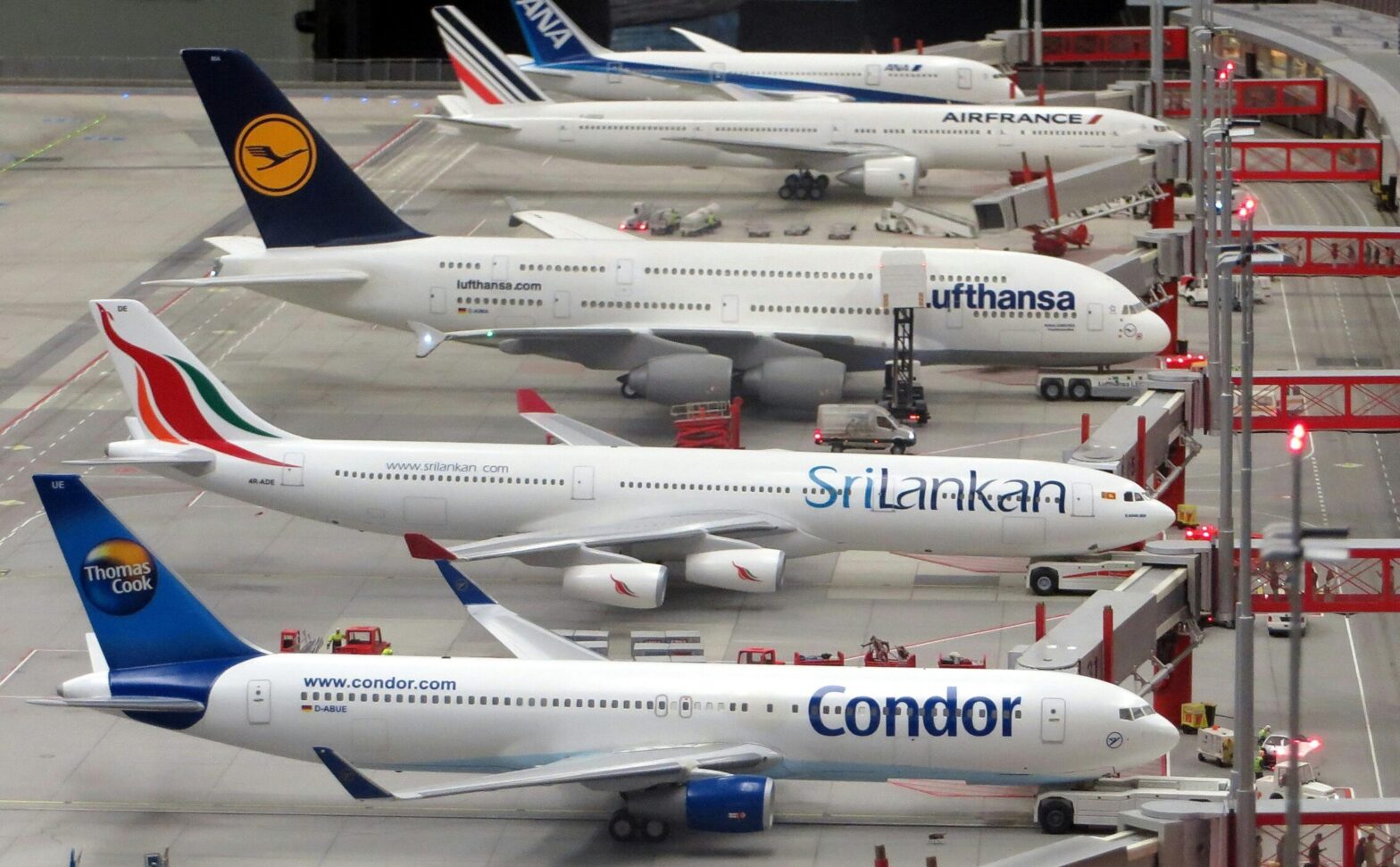For UK holidaymakers, the frustration of high costs for peak season travel is a recurring complaint. From mid-July to the end of August, as well as around Christmas, Easter, and school half-terms, prices for flights, accommodation, and package holidays often soar. Families with school-age children frequently feel trapped. And even when they want to, they are unable to take trips outside these windows without facing penalties for their children’s absence from school.
But are these high prices simply opportunistic exploitation by the travel industry, or are there other, legitimate, factors at play?
The Role of Supply and Demand
At its core, holiday pricing is governed by the basic principle of supply and demand. When demand rises — as it does during traditional holiday periods — prices naturally follow. Limited availability of flights, hotel rooms, and package deals means competition among travellers, allowing suppliers to charge more. Yet supply and demand alone do not tell the whole story.
Peak season operational costs are real
The travel industry faces higher operational costs during peak periods. Airlines often need to schedule additional flights, necessitating increased staffing and extended hours. Similarly, hotels may bring in extra staff, upgrade services, or host special events to cater to the surge in guests. Higher costs of living worldwide, and in many countries, legally enforceable minimum wages, mean that staff in the hospitality industry cost more than they used to, especially in peak season. These additional expenses contribute to the higher prices seen during busy seasons.
Dynamic Pricing Strategies and Seasonal Revenue Balancing
Dynamic pricing — a model where computers adjust prices in real-time based on factors like demand, competitor pricing, and market conditions — is another significant contributor. Airlines and hotels use advanced algorithms to set prices, aiming to maximise revenue.
It’s worth remembering that the same pricing models reduce prices when demand is low, so it can work both ways for the consumer. However, while this ensures optimal use of resources, it can leave consumers feeling exploited when prices spike dramatically in the days leading up to their desired booking and travel dates.
For many businesses in the travel industry, high peak-season prices are essential to offset quieter periods. Hotels, for example, rely on the revenue generated during summer holidays or Christmas to sustain operations during less profitable months. This pattern mirrors the need for high street retailers to do well in the run up to Christmas – without which the rest of the year can look very bleak.
A Unique Challenges for Airlines
Airlines face a more complex situation. While summer and other peak seasons are highly profitable, winter often presents challenges. Passenger numbers drop significantly, yet airlines cannot reduce capacity easily without jeopardising their operations.
Airport slots — the scheduled times when airlines can take off or land at an airport — are a key constraint. At major UK airports such as Heathrow, Gatwick, and Manchester, these slots operate on a “use it or lose it” basis. Airlines must use at least 80% of their allocated slots or risk losing them to competitors in the future. Consequently, carriers may continue operating less profitable routes during the winter simply to retain their slots for the lucrative summer season. This dynamic necessitates higher summer prices to subsidise potential winter losses.
Peak season implications of dynamic pricing
Dynamic pricing has polarised opinion. Some argue that it reflects a fair market response to demand fluctuations, while others view it as exploitation. Proposals for regulation to cap peak-season price hikes have surfaced, but critics warn this could lead to unintended consequences. For example, artificially controlling prices might discourage airlines from maintaining sufficient capacity, ultimately reducing the availability of affordable flights. In turn this would lead to fewer and more expensive holidays all round.
Why would the industry forego peak season boosts?
Another question arises: if airlines and tour operators can sell out at high prices, would they lower them voluntarily? It’s unlikely. Profit-driven businesses are not incentivised to reduce prices unless competition or regulation compels them. This reality reinforces the perception among some consumers that the industry takes advantage of limited options during peak times.
Ultimately the power rests with consumers. We can all choose not to go abroad in peak season if we consider the prices are too high. But if enough people are prepared to pay, then can we be surprised that holidays look expensive?
Striking a Balance
While it is easy to view peak-season pricing as opportunistic, the reality is more nuanced. Airlines, hotels, and tour operators operate in a challenging environment, balancing profitability with consumer expectations. High prices during busy periods are driven not only by demand but also by operational realities and the need to maintain financial stability year-round. Operating hotels or planes is expensive, and it’s easy to drop from a reasonable operating profit to a significant loss in a short period of time.
For consumers, understanding these factors may not make peak-season prices less painful, but it does provide context. And it’s also worth remembering this: the true peak seasons are relatively short. Most of the year is made up of low and ‘shoulder’ seasons – the latter being either side of a peak season high. That’s no consolation to families with children at school, but it does mean there are plenty of people who can access great holidays at more reasonable prices.
Whether regulatory changes are necessary to address perceived inequities remains a matter of debate. But one thing is clear: in a world of supply and demand, peak-season costs are unlikely to disappear.
By Declan Morton, writer and editor at Essiell Ltd and Money4Travel.



